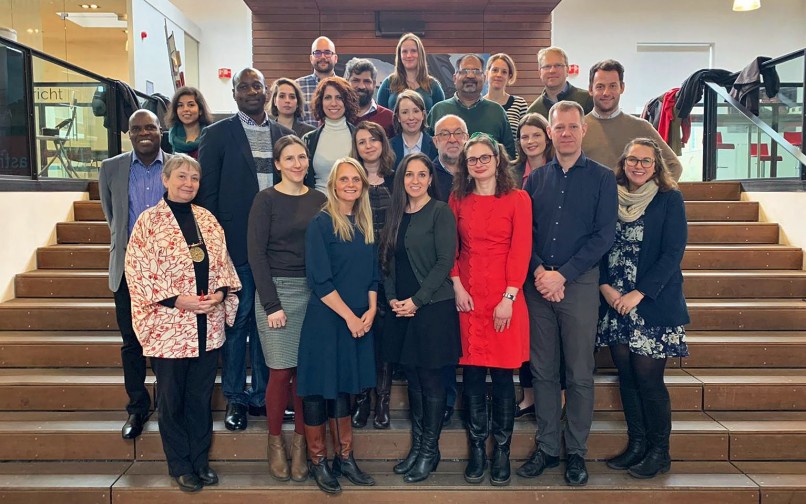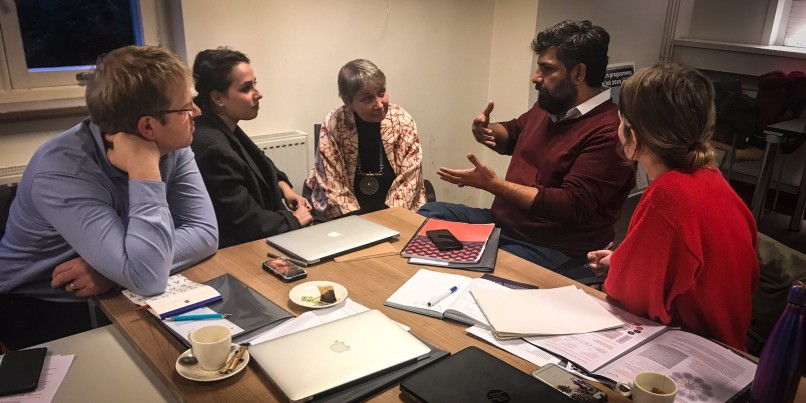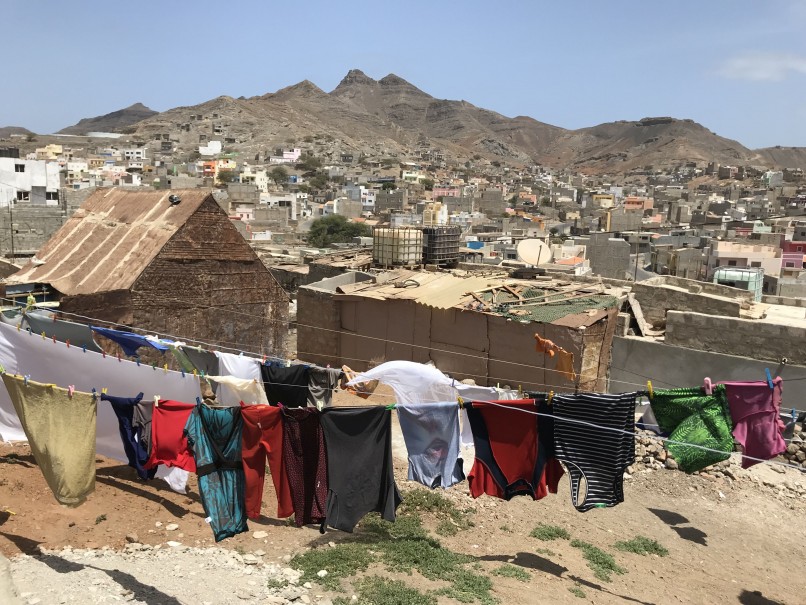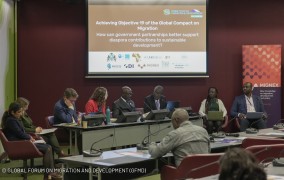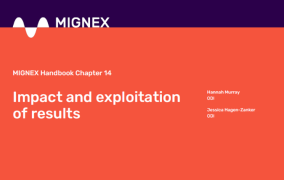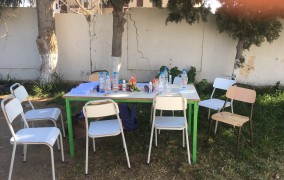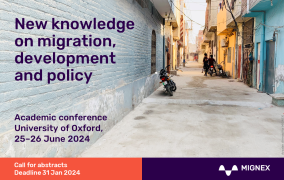News
Getting down to business at the 2019 MIGNEX consortium meeting
Research design and fieldwork featured at the second annual MIGNEX consortium meeting in Maastricht, Netherlands.
Last week, project team members from nine institutions in Europe, Asia and Africa met to discuss lessons learned and the year ahead for MIGNEX. Sessions focused on a first-year summary and second-year preview as well as an overview of the newly announced 25 research areas. The three-day session was hosted by Maastricht University on the UNU-MERIT campus.
In-depth discussions and experimental workshops
With the MIGNEX research areas now selected, this year's consortium meeting focused heavily on research design and strategies for conducting fieldwork.
Over the course of three days, workshop sessions addressed the variety of MIGNEX work packages on coherence, components, patterns, policy and perspectives. Particular emphasis was placed on discussing and coordinating data collection. Sessions also addressed ways to collect all the data needed for analysis while balancing the workload in the field.
Practical exercises addressed ways to ensure the different team members involved in data collection have a similar understanding of concepts and tools. Most memorably, researchers were asked to code a question on migration policies after watching two contradictory news videos on remittance operators in Nigeria. The resulting discussion highlighted the variety of perspectives and methodologies available for coding migration policies. Discussing diverging responses helped researchers gain a shared understanding of the aims of the policy review while highlighting the need for further exercises like this.
The MIGNEX communications and impact strategy also featured, including a session on Insight publications. Because MIGNEX researchers will be in the field for much of the upcoming year, team members also discussed how to communicate through fieldwork photography.
For example, participants discussed ways to visually portray various aspects of a research area – from its location to the people living in it – using ethical and low-cost photography methods.
The MIGNEX End-User Board (EUB) also participated in the consortium meeting, providing feedback on the policy relevance of the project so far. EUB member Richard Danziger, in an interview with UNU-Merit, explains more:
The year ahead
For the first half of 2020, surveys and expert interviews will be conducted in 10 countries in Asia and Africa. Research will also begin next year on examining migration and development policy in Europe and how it is implemented.
Team members left Maastricht energised and organised for the upcoming year of field research and policy review.
